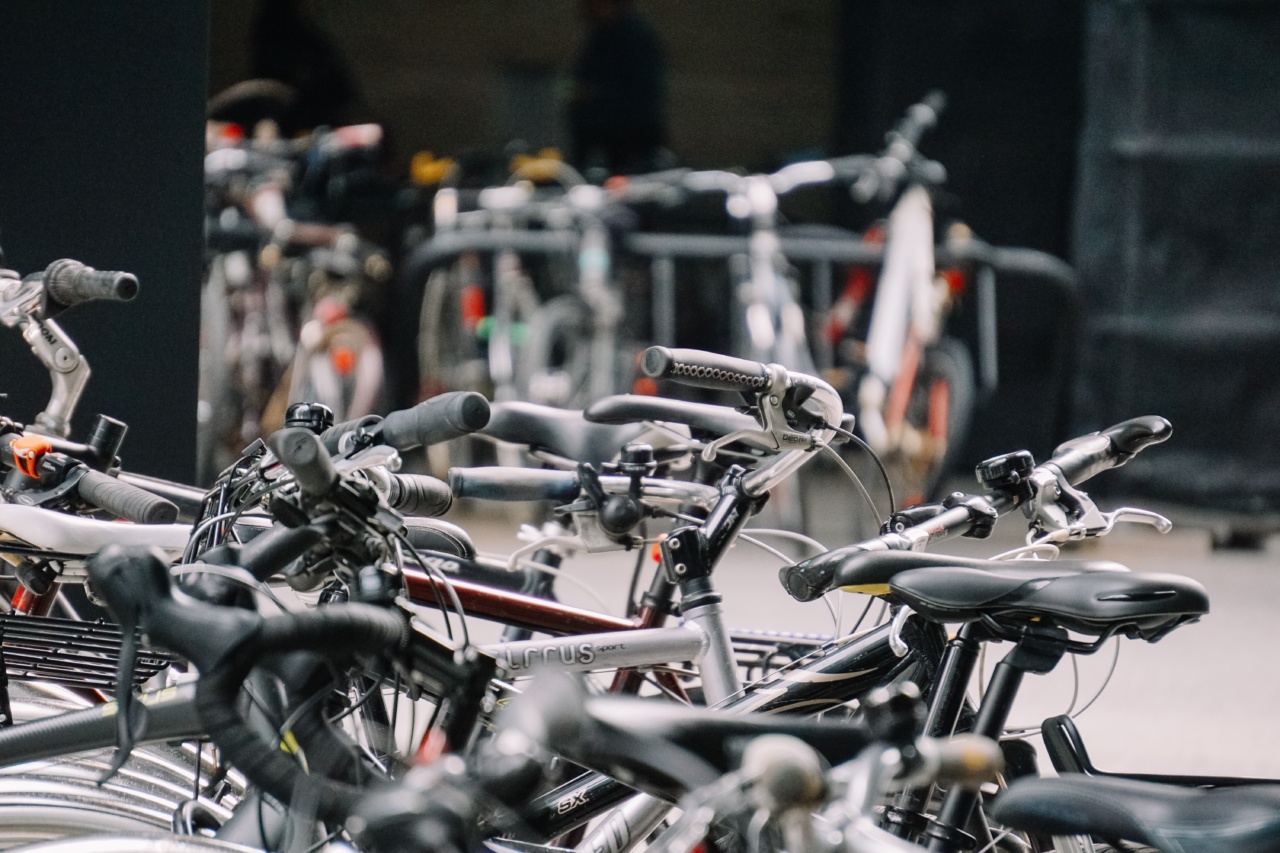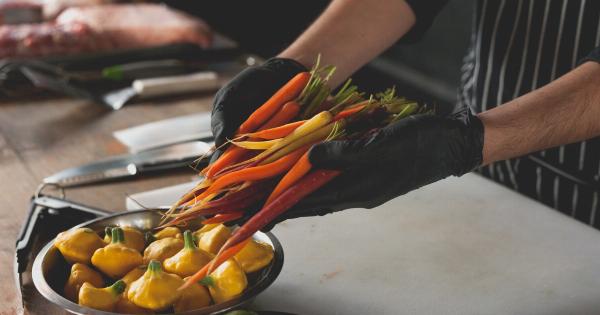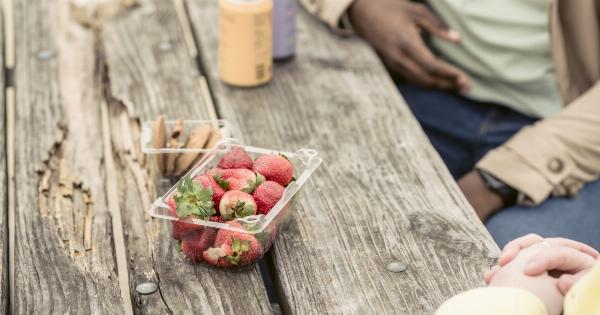Defrosting food is an essential part of cooking, but it’s important to do it safely to avoid food poisoning. When you defrost food properly, you can help prevent the growth of harmful bacteria that can make you sick.
What is Defrosting?
Defrosting is the process of taking food out of the freezer and allowing it to thaw. When you defrost frozen food, you are essentially warming it up and allowing ice crystals to melt, so it returns to its original texture.
Defrosting can be done in several ways, but the two most common methods are:.
1. Refrigerator Defrosting
The refrigerator is a safe and reliable way to defrost food. This method works well for all types of food, including meat, poultry, fish, and vegetables. Simply take the frozen food out of the freezer and place it in the fridge.
Allow enough time for it to defrost – usually around 24 hours for a frozen turkey, and around 5 hours for a pound of ground beef.
One of the benefits of using the fridge method is that it maintains a consistent temperature, which prevents the growth of harmful bacteria. However, this method also requires advance planning since it takes quite a while to defrost food completely.
2. Running Water Defrosting
Running water is another popular method for defrosting food, but this method requires careful monitoring. Fill a bowl with cold water, and place the food inside. Change the water every 30 minutes to keep it cold.
You should never use warm or hot water as it can speed up the growth of bacteria on the food. This method works well for small items, such as a package of chicken breasts or a pound of shrimp.
It’s essential to follow safe food handling practices during the defrosting process to prevent the growth of harmful bacteria. Here are some common mistakes to avoid:.
Common Mistakes to Avoid
Mistake #1: Leaving food out on the counter to defrost
This is a mistake many people make, but it’s not safe. Leaving food out at room temperature can cause bacteria to grow rapidly and multiply. Food left out for more than two hours should be discarded, as it may lead to food poisoning.
Mistake #2: Defrosting meat on a cutting board
If you’re defrosting meat on a cutting board, you’re creating a breeding ground for harmful bacteria. The juices from meat can spread quickly and contaminate other surfaces in your kitchen.
Instead, place the meat in a shallow dish and cover it with plastic wrap to catch any juices.
Mistake #3: Defrosting at room temperature
Defrosting at room temperature is never a good idea. It can take too long, leads to uneven defrosting, and promotes bacterial growth.
For example, a large turkey can take up to 2 days to defrost using the room temperature method, which is plenty of time for harmful bacteria to grow. It’s essential to use the fridge or running water methods instead.
Mistake #4: Microwaving food on a high setting
Microwaving is another popular way of defrosting food, but it needs to be done carefully. Using the high setting is not recommended as it can partially cook the food and create hot spots. Hot spots can allow bacteria to grow, leading to food poisoning.
Use the defrost setting or low power instead.
Mistake #5: Storing food in the fridge for too long
If you’re using the fridge method to defrost food, it’s essential to use it immediately or cook it within two days.
Leaving food in the fridge for too long can cause the growth of harmful bacteria, which may lead to food spoilage and food poisoning.
Mistake #6: Refreezing defrosted food
It’s never safe to refreeze defrosted food once it has been cooked. Refreezing can cause bacterial growth, which can lead to food poisoning. Thawed food should be cooked immediately or discarded if it is not being used right away.
Conclusion
Defrosting food is an important part of the cooking process, but it’s essential to follow safe food handling practices.
Whether you’re using the fridge or running water method, never leave food out at room temperature, and avoid microwaving on high. By following these precautions, you can avoid harmful bacteria and keep your family safe from food poisoning.



























